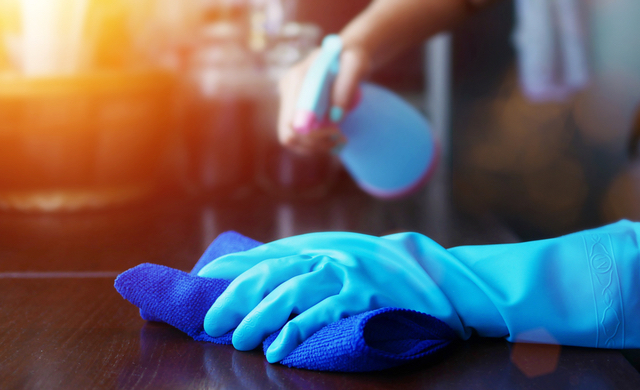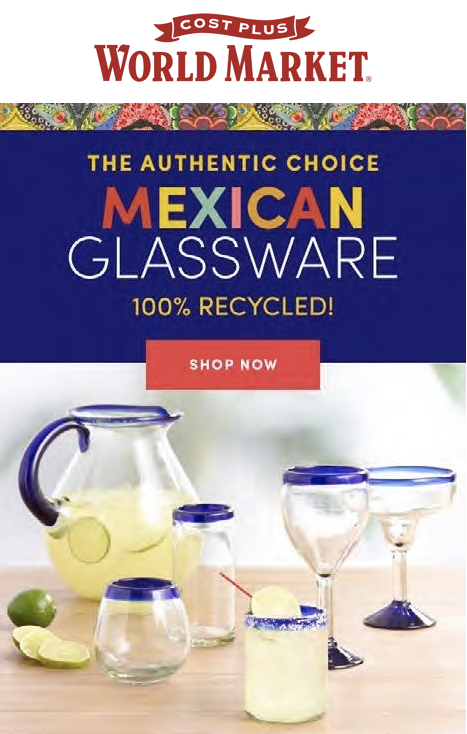
Have I Been Cleaning All Wrong?
05/29/2020 06:00AM | 3766 viewsMany household disinfectants promise to kill 99.9 percent of germs, but some of us might be cleaning too swiftly to let them do their job.
Ever since the coronavirus became a threat, many of us are doing a lot more cleaning at home, spraying and wiping pretty much everything in sight, especially high-touch surfaces like door knobs and faucet handles.
But many of us are used to giving a surface a quick spray, followed by a wipe or two, which may not allow enough time for the product to work. And once you start reading labels on cleaning products closely, it gets really confusing. Several readers pointed out that disinfectant wipes and spray cleaners have different instructions on their labels for how long a cleaner should stay on a surface to effectively kill germs, ranging from 30 seconds to four minutes or even as long as 10 minutes. What’s more, some labels recommend cleaning before using a disinfectant.
So what’s the right way to clean? We talked to infectious disease scientists and microbiologists who study and test cleaning products to answer your questions about cleaning in the time of coronavirus. The bottom line: Whether you’re worried about coronavirus or other germs that lurk in our homes, many of us are cleaning too fast for the disinfectant to do its job.
Here’s what the experts said.
How long does a disinfectant need to stay on a surface in order to kill germs?
You probably need to let your disinfectant stay on the surface you’re cleaning for far longer than you think.
“The longer you can let it be in contact, the better,” said Dr. Andrew Janowski, instructor of pediatric infectious diseases at Washington University School of Medicine St. Louis Children’s Hospital. “What I’ve been doing at home: I wait roughly a minute if I’m applying a spray product and then wiping.”
To find out how long the recommended time is for a specific product, check the label. The guidance could range from 30 seconds to several minutes of contact time before you wipe. Note that some products may claim to sanitize, which means they reduce the level of certain bacteria, but not viruses. A disinfectant claim means the product destroys or inactivates both the bacteria and viruses noted on the label.
Even cleaners from the same brand have different contact times. My bottle of Clorox bleach says five minutes of contact time, while Clorox Clean-Up Cleaner + Bleach advises 30 seconds. Clorox Anywhere Hard Surface says two minutes (but it promises to kill only bacteria, not viruses), while Clorox Disinfecting Wipes says four minutes. Even among similar Lysol branded wipes, the recommended contact time varies — the lavender scented wipe recommends 10 minutes of contact time, whereas the lemon-lime scented wipe says four minutes.
Why are the recommended contact times so different? It depends on which bacteria and viruses the product claims to kill. To make a disinfectant claim, a product has to go through a strict testing process set forth by a country’s regulatory agencies. In the United States, it’s the Environmental Protection Agency. To test a disinfectant, scientists cover a surface with a large dose of the organism being studied. They then douse the surface with a disinfectant and let it sit for a set amount of time before testing to determine whether any of the organisms remain viable.
Those tests are essentially worst-case scenarios using excessively high concentrations of germs — about 100,000 organisms per centimeter — which is far more than would typically be found in a home setting. “Most common surfaces in homes and hospitals have less than 100 organisms per square centimeter,” said Dr. David Weber, a professor of medicine and epidemiology at the University of North Carolina at Chapel Hill.
But even though the contact time advice is probably overkill, to be certain a surface has been completely disinfected, you should pay attention to the disinfection time recommendations on the label, especially when someone in the house has been sick. In some cases, organism contamination can reach very high levels in a home — like when you are working with raw chicken in a kitchen or when someone in the house is ill and an area has been contaminated with stool or vomit. And some organisms, like norovirus, which causes severe gastrointestinal symptoms, are particularly tough to eliminate and can cause illness in infinitesimal doses.
Why does the label say a surface has to be cleaned before using a disinfectant? Do I really have to clean twice?
If your surface is covered in crumbs, grime or spilled food, then yes, you do need to clean away the debris and dirt before using a disinfectant.
“For a germicide to work, it has to touch the germs,” said Dr. Weber, who has consulted for PDI, a firm that makes disinfectants. “If you have a layer of grime, the dirt can protect the bacteria. Cleaning has to precede disinfection.”
Some cleaners promise to both clean and disinfect, but even those labels advise pre-cleaning a heavily soiled surface.
The label on my disinfectant wipes says I should use them for four minutes. Do I really have to wipe that long?
When wipes are tested in laboratory conditions, the clock starts with the first wipe and continues until the surface dries. So you don’t have to wipe for a full four minutes (or whatever time is advised on the label). The goal is for the wiping time and drying time to last four minutes, says Haley Oliver, a microbiologist and associate professor of food science at Purdue University.
In a recent study of disinfectant wipes, Dr. Oliver and colleagues tested a six-inch formica square covered with Staphylococcus aureus bacteria. The surface was wiped four times with a disinfectant wipe and left to dry. Five out of six products tested remained wet on the surface until the label contact time was reached. One product dried 15 seconds too soon, but it still worked well against germs.
“I think being conscious of contact time is important,” says Dr. Oliver, whose research includes work with Diversy, a major producer of cleaning and disinfectant products. “If this is my house and I’m on a wipe campaign, I want to see that the wipe deposited liquid on that surface.”
I often use one wipe to clean multiple surfaces. Should I use a new wipe each time so I don’t spread germs?
You can use one wipe to clean multiple surfaces. As long as the wipe remains wet, an indication that it still has plenty of cleaner on it, you don’t have to worry about spreading organisms around. That said, most experts I spoke with prefer not to mix rooms. So they would use one wipe on multiple surfaces in a bathroom, for example, but they wouldn’t use that same wipe in the kitchen.
Dr. Oliver notes that there isn’t official guidance on how much surface area one wipe can cover. The key to disinfecting with wipes is to be aware when your wipe is running out of disinfectant. “If it’s not wet, then you’re not contacting microbes with the chemistry that was intended,” says Dr. Oliver. “If you’ve run out of the ingredient and your towelette is dry, you could be transmitting those organisms around.”
What’s the best cleaner to get rid of coronavirus?
Product labels will say specifically what types of bacteria and viruses have been tested. But because SARS-CoV-2, the virus that causes Covid-19, is so new, most cleaning products haven’t been tested against it. The E.P.A. has, however, published a list of products expected to kill the virus because they are proven against harder-to-kill viruses or other types of coronavirus.
The good news is that the new coronavirus is actually much easier to kill than many of the organisms previously studied. So it is likely that even if you haven’t been following the contact time recommendations for disinfectants, you have probably been killing the virus. But you need to follow label direction to tackle harder-to-kill germs like E. coli, salmonella or staph.
“It’s important to note that these recommendations are generic and typically based on how long it takes to kill bacteria — for example, Staph and Strep, which are much harder to kill than a virus like SARS-CoV-2,” said Dr. Daniel R. Kuritzkes, chief of the division of infectious diseases at Brigham and Women’s Hospital and professor at Harvard Medical School. “Shorter times of exposure are most likely still quite effective to prevent Covid-19.”










Post your Comment
Please login or sign up to comment
Comments